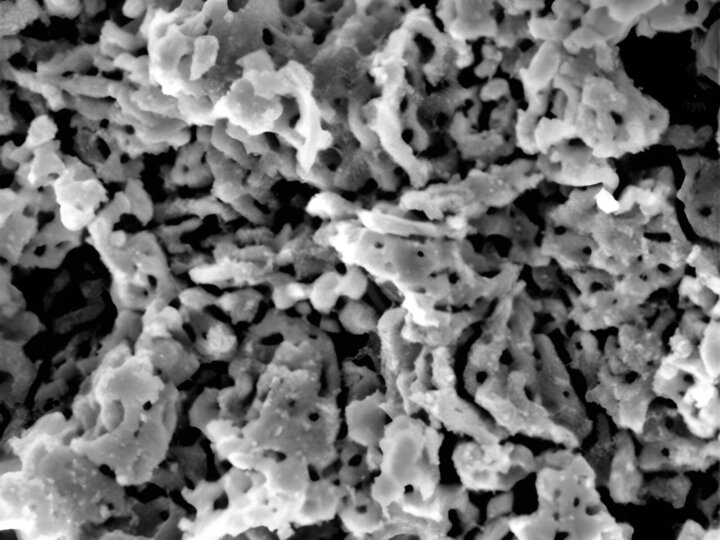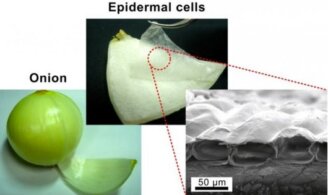Materials science still has a long way to go, as the possibilities are practically endless. Recently, a team of researchers has synthesized a material that theoretically seemed impossible, whose water absorption and surface area characteristics have set a new record, surpassing the limits that scientists thought insurmountable.
The new material has been given the name upsalite because it was created at the University of Uppsala (Sweden), it is based on magnesium carbonate and its importance lies in its potential applications to keep humidity at bay in industrial environments where many expensive electronic equipment are handled; it could also be used to clean up chemical spills.
The great liquid absorption capacity of upsalite is due to its large surface area, as there are 800 square meters in each gram, a very impressive figure that is explained by the fact that it is a material full of pore space, where all the pores are less than 10 nanometers; this far surpasses any material that has existed up to now in terms of absorbing liquids.
Ordered forms of magnesium carbonate are abundant in nature but finding disordered structures devoid of water is complicated. Back in 1908, after several investigations, it was concluded that a material such as upsalite was impossible to obtain in reality; subsequent investigations concluded the same in 1926 and 1961.
However, Maria Strømme and her team succeeded in synthesizing such a material more than a century after it was first concluded that such a thing was impossible. Strømme is head and professor of the division of nanotechnology and functional materials at Uppsala University; the other researchers are Sara Frykstrand, Albert Mihranyan, Kathryn Grandfield and Johan Forsgren.



